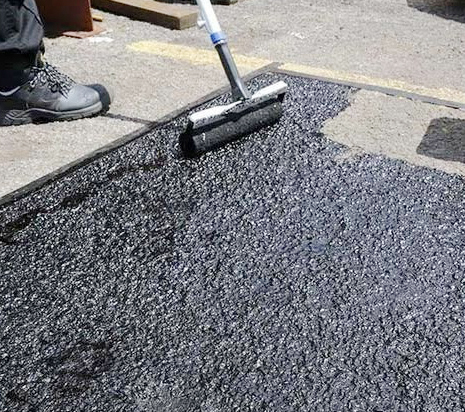
The Micro surfacing shall consist of mixture of modified (Polymer or Rubber Latex) bitumen emulsion, well graded mineral aggregate, water, filler and additive (if needed) proportioned, mixed and uniformly spread over a properly prepared surface. The finally laid micro surfacing shall have a homogeneous mat, adhere firmly to the prepared surface and provide friction resistant surface texture throughout its service life. The mix is to be a quick setting system i.e. it should be able to receive traffic after a short period of time preferably within about one hours of its laying depending upon weather conditions. It is applied on an existing pavement surface which is structurally sound but is showing the signs of functional distress such as loss riding quality, cracking and polishing. Generally, micro surfacing is laid in single layer, but when the existing surface is highly polished and/ or cracked, it is advisable to apply it in two or more layers. Micro surfacing can be used for surface treatment on roads, taxi ways and runways. Normally two layers of micro surfacing are advisable on cement concrete surface.
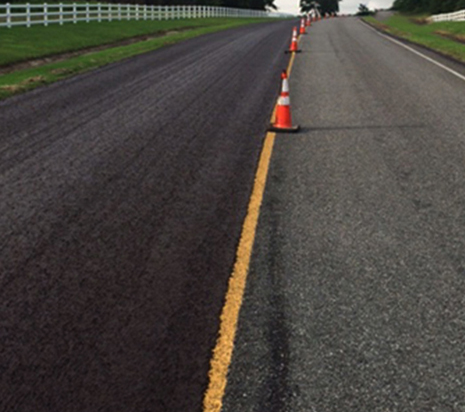
Surface dressing consists of application of bitumen emulsion onto an existing road surface, followed by the application of a single-sized cover aggregates. The aggregates are applied in a single thickness over the emulsion layer and are then rolled in order to “seat” the aggregate particles in the residual bitumen. This application may also be done in two or multiple layers. Such seals are produced with large aggregate in the bottom layer and progressively smaller aggregate in the upper layers. The aggregate size, number of layers, and binder type are chosen based on the projected traffic loading and the condition of existing surface. Surface Dressing is applied to an existing road surface as an economical maintenance treatment. This should be used on roads that are in good structural conditions but are at a stage in their life cycle, where stresses are developing. Surface Dressing will seal the underlying layer from water intrusion, correct the surface cracking, raveling, surface hardening, and would be able to improve the skid resistance.

Prime coat is an application of a low viscosity bitumen emulsion on a compacted granular base course which penetrate into the base (>8mm). A prime coat performs several important functions as given below: • Coats and bonds loose mineral particles on the surface of the granular base • Hardens or toughens the surface of the base • Waterproof the surface of the base by plugging capillary or interconnected voids • Provides adhesion or bond between the base and the bituminous mixture.
The emulsion grade like SS-1 (Inverted Emulsion) has been developed for priming. The amount and size of voids in the granular base, temperature, sunshine, and wind will influence the penetration process. In case of very dense surface, it may be necessary to make multiple applications. This is done to improve penetration (>8 mm) and prevent runoff and pudding of the emulsion. For better penetration and reduced tyre pickup catronic emulsion, additives may also we used.
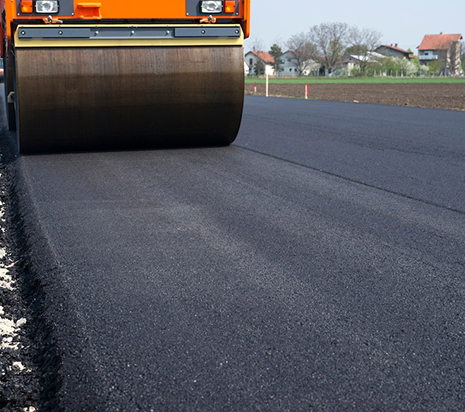
Tack coat is a light application of low viscosity liquid bituminous material like emulsion to an existing surface bituminous/cement concrete/primed granular surface) to facilitate a bond between the surface being paved and the overlaying course. The tack coat is recommended for all types of overlays. The only possible exception might be when an overlay is to be placed within 48 hours on a freshly laid bituminous surface that has not been subjected to any traffic or contaminated by dust. Bitumen emulsions commonly used for tack coat are RS-1, SS-1h, CSS-1 and CSS-1h.
The best results of tack coat are obtained if it is applied while the pavement surface is wet and the surface temperature is normally above 25°C. The surface to be tack coated must be clean and free of loose mineral material. A good tack coat results in a very thin but uniform coating of residual bitumen on the surface, when the emulsion has broken. After spraying the tack coat, sufficient time must be allowed before an overlay is placed for the complete breaking of the emulsion (brown to black colour)
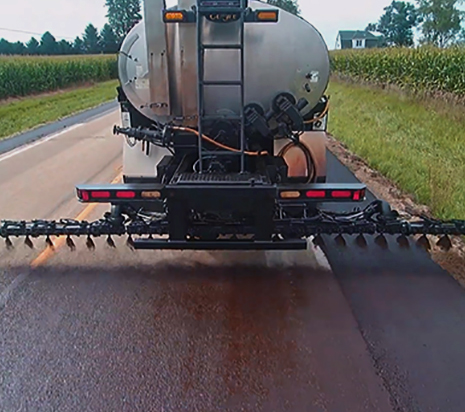
Soil Stabilization is the biological, chemical or mechanical modification of soil engineering properties. In civil engineering, soil stabilization is a technique to refine and improve the engineering properties of soils. Following are the methods of soil stabilization commonly used :
Mechanical Stabilization.
Bituminous Stabilization.
Lime Stabilization.
Cement Stabilization.
Chemical Stabilization.
Miscellaneous Methods of Stabilization.
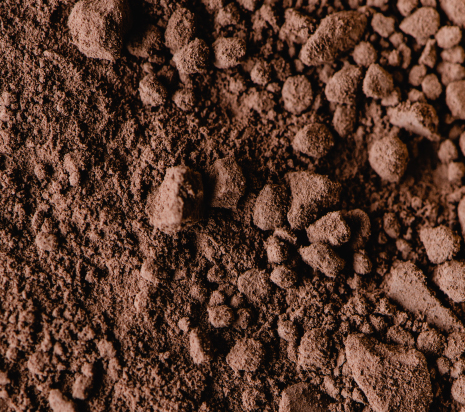
Warm Mix Asphalt (WMA) is the generic term for a variety of technologies that allow producers of Hot Mix Asphalt (HMA) pavement material to lower temperatures at which the material is mixed and placed on the road.Warm mix asphalt concrete is produced by adding either zeolites, waxes, asphalt emulsions, or sometimes even water to the asphalt binder prior to mixing.This allows significantly lower mixing and laying temperatures and results in lower consumption of petroleum resources, thus releasing less carbon dioxide, aerosols, and vapor.
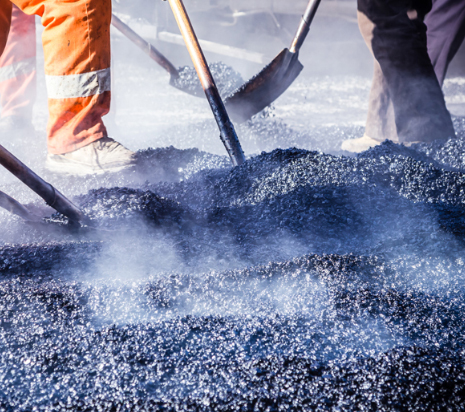
Patch-fill solution is useful for faster filling of potholes in bituminous roads without causing any environmental pollution and hindrance to roads users. Potholes filled by Path-fill shall be long lasting. Patching is the process of filling potholes or deteriorated parts of asphalt pavements. Potholes and other pavement disintegration should be repaired as soon as possible to prevent additional degradation and costly pavement repairs.
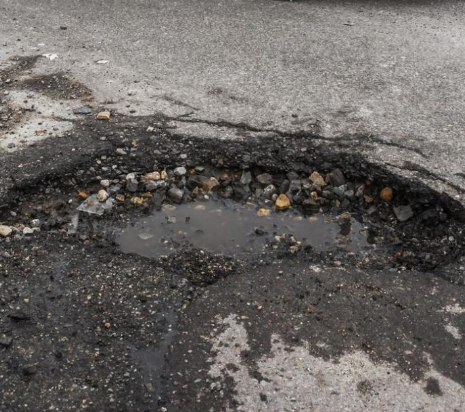
CRM or Crumb Rubber Modified Bitumen is a mixture of bitumen and modified bitumen rubber is intrusive. The viscosity modifier rubber used asphalt binder and temperature resistance as well as resistance against brittle at low temperatures increases.Crumb Rubber Modified Bitumen (CRMB) is hydrocarbon binder obtained through physical and chemical interaction of crumb rubber (produced by recycling of used tyres) with bitumen and some specific additives. CRMB has good adhesion to mineral mass, and thereby reduce brittleness and deformity.
